Canberra-based QuintessenceLabs has taken its university research and transformed it into a quantum security firm, with its products used globally by the likes of the United States government.
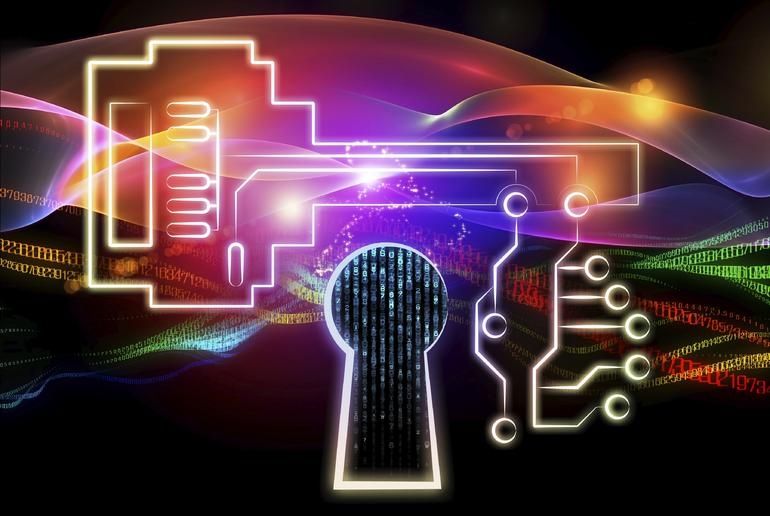


I told many people that this was coming a few years ago; so glad. Wait until you see smart meds that people can never become addicted or overdose on because the smart med reads your system and knows when enough is enough.
The security solutions company uses botanical-DNA based tools to tag, track, and trace products for an array of industries. Now with the hire of a personal care supply chain management expert, the company is set to expand its engagement with the industry.
This week the Stony Brook, New York–based company announced that Barbara Brockway has accepted the role of Director of Personal Care.
Besides her experience in supply chain management, Brockway is also well versed in cosmetics formulation, food science, and branding, according to the company bio included in the statement announcing her appointment.

Mass killings in US and Europe during 2015 & 2016: Pulse in Orlando — 49 killed; Brussels — 32 dead; Paris — 150 dead; San Bernardino 14 dead… With these numbers we have to assess could Robots equipped with sensors, communications, Tasers and other defenses be used for security guards to protect buildings and public areas and events as a defense to save lives. I believe getting robots equipped with sensor technology as well as other equipment could help towards combating terror. Also, drones should be looked at to be used in conjunction with these bots.
Gamma 2 Robotics introduced its new RAMSEE security patrol robot at Hexagon’s international conference HxGN LIVE, which is being held June 13–16 in Anaheim, California. The launch is part of a new partnership with Hexagon Safety & Infrastructure.
RAMSEE is a physical presence that patrols autonomously without supervision and provides real-time data on intruders, motion, heat, fire, smoke, gas and more. the company says in a news release.
“RAMSEE will change the world of security because it never rests and operates at a fraction of the cost paid for other security services,” says Lew Pincus, chief executive officer, Gamma 2 Robotics. “We built RAMSEE to be ideally suited for the overnight dull, dirty and dangerous patrols nobody wants to do. These are the jobs for which the security industry struggles to find staffing.”
All is promising for Biometrics and biometric informatics; however, the technologies to date leveraged in IoT and other environments for parsing, analysis (especially predictive analysis), as well as better presented needs to be improved to be of value. We have seen great progress in the collection of the information and for some basic identification capabilities it looks good; however, to truly be effective and of value we need a lot more work done in this space especially when you look at today’s landscape of collecting information in areas of IoT and processing/ analysis with big data.
The global biometrics market is projected to cross US $ 24.8 billion by 2021. Fingerprint recognition biometric systems are the most preferred type of biometric systems used across the globe, owing to their ease of use, low cost, high speed and accurate results.
Biometric systems are used across various public as well as private offices for enhancing the security of data and information, as these systems provide an accurate validation as compared to traditional methods such as ID cards, PINs, passwords, etc. Increasing use of biometrics in e-commerce and cloud computing solutions, coupled with initiatives taken by the government of various countries across the world to adopt biometrics systems for identification and verification purposes are some of the major factors driving demand for biometric solutions, globally.
Moreover, introduction of e-passports and e-visas, use of biometrics in criminal identification, increasing demand for smartphones integrated with biometric technologies and implementation of biometric technology in election administration are anticipated to drive the global biometrics market over the next five years.
Forget 3D printing, are you ready for 4D printing?
The rapid development of a range of emerging technologies is driving four revolutions in military and security capabilities to which the global defence and security industry is increasingly required to respond.
Perception, processing and cognition
New approaches for both humans and machines to collect, synthesise, digest and discern information are necessary to make sense of complex and fast-moving strategic and operational contexts. Getting (and staying) ahead of threats and maintaining and leveraging situational awareness – especially in environments frequently marked simultaneously by a surfeit of available information of variable quality and timeliness and opacity – is beyond the capacity of legacy technologies and human capabilities.

Getting a handle on cloud-based virtual operations is no easy task. Next month researchers from the Intelligence Advance Research Projects Activity (IARPA) will introduce a new program that looks to address that management concern by developing better technology to manage and secure Virtual Desktop Infrastructure (VDI) environments.
+More on Network World: Intelligence agency wants computer scientists to develop brain-like computers +
IARPA, the radical research arm of the of the Office of the Director of National Intelligence will introduce the Virtuous User Environment (VirtUE) which it says aims to “creatively define and develop user environments that are more dynamic, secure, auditable, transferrable, and efficient than the current offerings provided by traditional physical workstations and commercial VDI; develop innovative, dynamic analytics and infrastructures that can leverage these newly developed user environments to both automatically detect and deter security threats that IC user environments will be subject to in the new cloud infrastructure.”
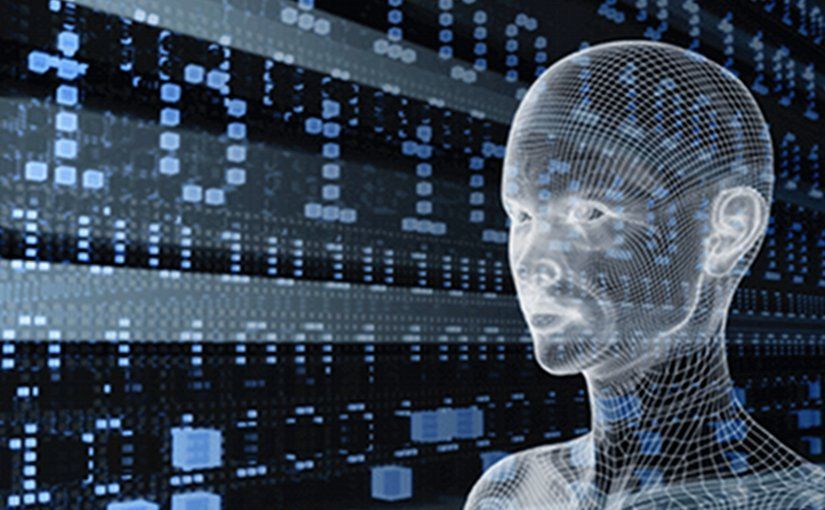
The rapid growth of artificial intelligence (AI) has serious implications for our future. The issues and their oversight are not just the domain of computer engineers, technologists and AI experts. Policymakers, Smart Nation experts and security officials too should come together with them to ponder implications and set out the parameters, if needed, for future research and development.
By Shashi Jayakumar(
In March this year, AlphaGo, a machine created by Google’s artificial intelligence (AI) arm, DeepMind, trounced Lee Sedol, a grandmaster at Go, the ancient Chinese game. AlphaGo used cutting-edge AI to beat a player acknowledged to be one of the greatest ever.
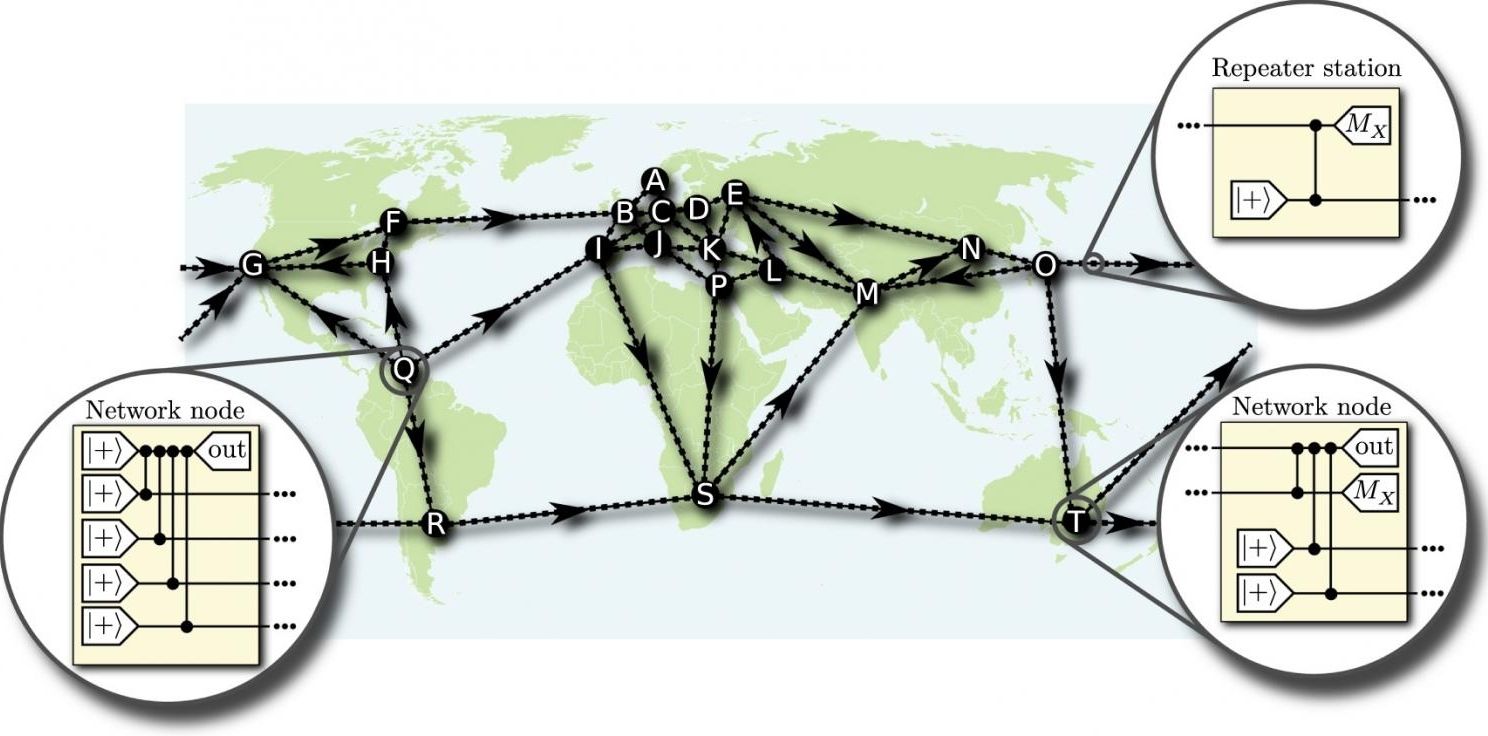
(Phys.org)—One of the most ambitious endeavors in quantum physics right now is to build a large-scale quantum network that could one day span the entire globe. In a new study, physicists have shown that describing quantum networks in a new way—as mathematical graphs—can help increase the distance that quantum information can be transmitted. Compared to classical networks, quantum networks have potential advantages such as better security and being faster under certain circumstances.
“A worldwide quantum network may appear quite similar to the internet—a huge number of devices connected in a way that allows the exchange of information between any of them,” coauthor Michael Epping, a physicist at the University of Waterloo in Canada, told Phys.org. “But the crucial difference is that the laws of quantum theory will be dominant for the description of that information. For example, the state of the fundamental information carrier can be a superposition of the basis states 0 and 1. By now, several advantages in comparison to classical information are known, such as prime number factorization and secret communication. However, the biggest benefit of quantum networks might well be discovered by future research in the rapidly developing field of quantum information theory.”
Quantum networks involve sending entangled particles across long distances, which is challenging because particle loss and decoherence tend to scale exponentially with the distance.
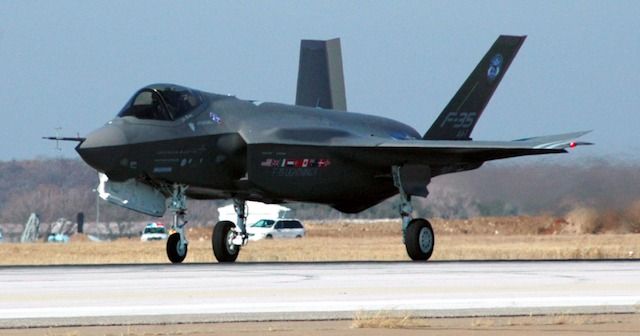
To provide computing power for the U.S. arsenal of advanced weaponry, satellites and information systems, the Pentagon has entered into a seven-year deal with Globalfoundries Inc, an Abu Dhabi-owned microchip manufacturer.
The move serves to diversify the Defense Department’s microchip supply chain — an issue of particular concern for some defense officials — which has been dominated by a short list of sellers led by IBM for over a decade.
A microchip is a small, wafer-thin semiconductor used to relay information through an electrical grid, thereby making an integrated circuit. Almost every modern digital device is chock-full of microchips.
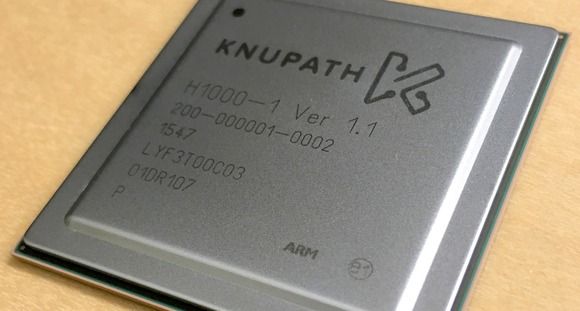
Good for him.
A new company launched Monday by former NASA chief Dan Goldin aims to deliver a major boost to the field of neural computing.
KnuEdge’s debut comes after 10 years in stealth; formerly it was called Intellisis. Now, along with its launch, it’s introducing two products focused on neural computing: KnuVerse, software that focuses on military-grade voice recognition and authentication, and KnuPath, a processor designed to offer a new architecture for neural computing.
“While at NASA I became fascinated with biology,” said Goldin in an interview last week. “When the time came to leave NASA, I decided the future of technology would be in machine intelligence, and I felt a major thrust had to come from inspiration from the mammalian brain.”